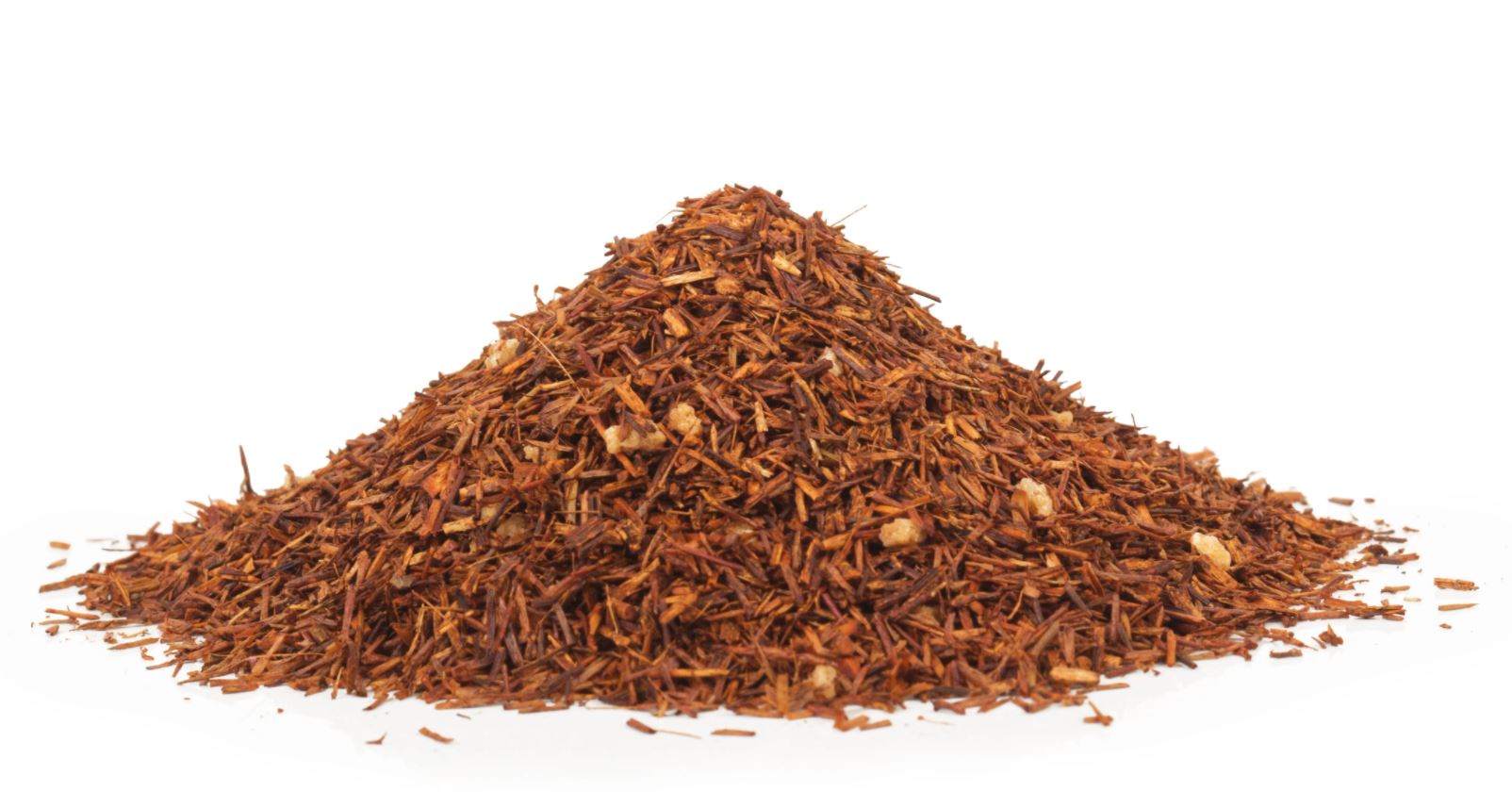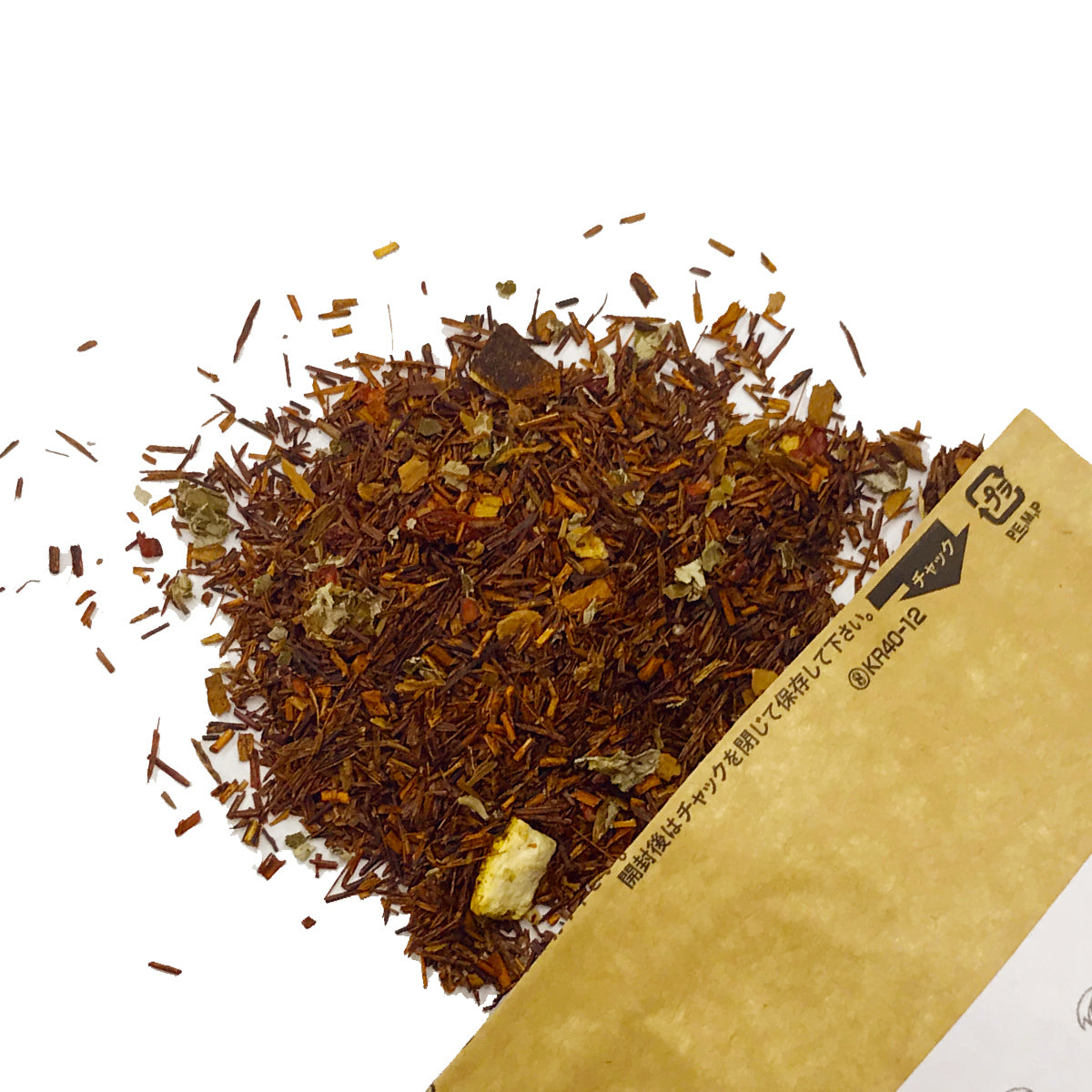What is Rooibos?

Rooibos is a species of the Aspalathus genus in the Fabaceae subfamily.
It has coniferous leaves that turn reddish brown when deciduous.
It grows naturally only in the mountainous areas of South Africa, and attempts to cultivate it in other mountain ranges have been unsuccessful.
Rooibos is popular all over the world, with annual production estimated at 12,000 tons.
However, due to the fact that it can only be produced in a very limited number of regions, and due to climate changes caused by global warming, cultivation is becoming more difficult.


Rooibos originally comes from green leaves that are dried to make the tea.
After drying, it is pasteurized at low temperature and then dried with hot air. From there, it is graded based on the length of the cuts, color of the aroma, etc.
The rooibos we use in our store is further checked through our own independent testing to ensure that none of it meets our standards, and is thoroughly managed to ensure safety and consistent taste.


At our store, we treat our herbs with the same care as we treat jewellery.
Sensory testing is carried out on each item every day.
We are diligent in quality control, strict temperature control, and constant humidity regulation throughout the year.
We make every effort to avoid pre-prepared preparations, and carefully blend each order after receiving an order for dried herbs.
The herbs are packed in bags to maintain freshness and preserve their flavor and aroma.
In addition, when packing products for shipping, we use metal detectors, foreign object screening, and visual inspections.
Imported herbs undergo rigorous inspections by food inspection agencies in accordance with EU food hygiene laws when they are exported from each production area.
The products and ingredients that we sell in Japan have passed this test.
This product is safe and secure as it has been approved for export to Japan by a third-party organization.
To further ensure safety, we also conduct ingredient analysis, allergen testing, and genetic modification testing as part of our own testing standards.
